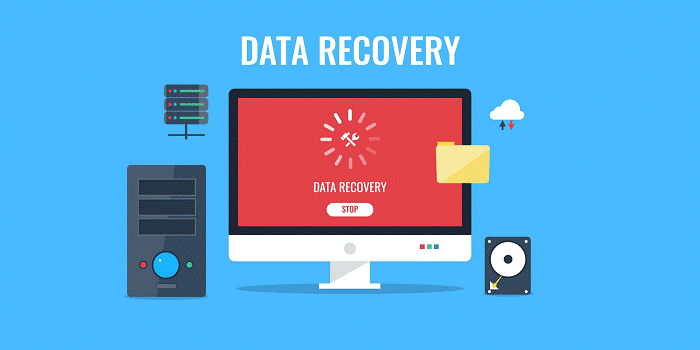What Is the Best Data Recovery Software for Windows

There are numerous ways to store data, including computer hard drives, flash drives, memory cards, and more. Unfortunately, these storage devices can fail, and important files can be accidentally deleted. In the event of data loss, two common options for recovery are hiring a data recovery service or using data recovery software.
Data recovery services offer a professional solution but can be costly and time-consuming. On the other hand, data recovery software provides a more affordable DIY approach to salvaging your information. Let’s explore the best data recovery software for Windows.
Which One Is the Best Data Recovery Software?
Which one is the best data recovery software? How to choose the best data recovery software. We will look at features like operating system compatibility, supported file types, scan and recovery speed, user interface, and pricing.
Based on the functional criteria referenced above, we select the professional and top data recovery software MyRecover. In situations of partial or complete data loss, this security and free software can help you recover as much data as possible thereby minimizing the negative impact of data loss.
Here are the main features of MyRecover:
- MyRecover support recovers files from multiple scenarios such as accidental deletions, disk format, virus attacks, system crashes, and more.
- It can successfully recover data from a variety of storage devices, including SSDs, HDDs, memory cards, USB flash drives, and so on.
- It allow you to filter and preview files according to filename, file format, storage size, deleted date, saved path, etc.
- The combined scanning method Quick Scan and Deep Scan allow you to locate all deleted or lost files effectively.
- It works with Windows 11, 10, 8, 7, and Windows Server.
Best Data Recovery Software on Windows 10 or 11
This best, free data recovery software is easy to use, you can recover deleted or lost data on Windows 10/11 effortlessly.
Before recovering deleted or lost data, please install the data recovery tool on a different storage device than the one you’re recovering data from. This minimizes the risk of losing your original data during the recovery process.
Step 1. Download, install, and run MyRecover; select the disk or partition that saves the files you want to recover, and click Start Scan.
Step 2. It will run Quick Scan & Deep Scan automatically to detect all the retrievable files on your disk. Please use the Search Box or the Filter feature to locate the files quickly.
Preview or filter your files based on Files Type, Date, and Size.
- Type: Select the file types (Documents, Images, Videos, Audios, Mails, Webpages, Compressed files, etc.)
- Date modified: Set the date (today, yesterday, last 7/30 days, etc.)
- Size: set the file size (<128KB, 128KB~1MB, 1MB~ 512MB, 512MB above, etc.)
Step 3. Go to the Other Missing Files folder, choose the deleted or lost files you want to recover, and click Recover x files.
Step 4. After choosing the files, Select a new location to save them and click Select Folder to confirm it, avoiding files overwriting on your storage device.
Follow the above simple steps, you can recover deleted or lost files from hard drives or other storage devices on Windows 10/11 easily. Please consider upgrading MyRecover to the Pro/Tech version to enjoy unlimited data recovery.
Conclusion
Whether you are able to recover lost, or accidentally deleted data depends largely on the cause of data loss and whether you are using the most appropriate data recovery tool to recover that data. MyRecover is the best data recovery software with a high success rate and fast recovery speed.
To avoid data loss in the future, make it a habit to regularly back up your files, disks, partitions, or the entire system. Use reliable Windows backup software (e.g. AOMEI Backupper Standard) to harden the data on your storage devices and make sure that your files are always available when you need them.

Pranab Bhandari is an Editor of the Financial Blog “Financebuzz”. Apart from writing informative financial articles for his blog, he is a regular contributor to many national and international publications namely Tweak Your Biz, Growth Rocks ETC.








